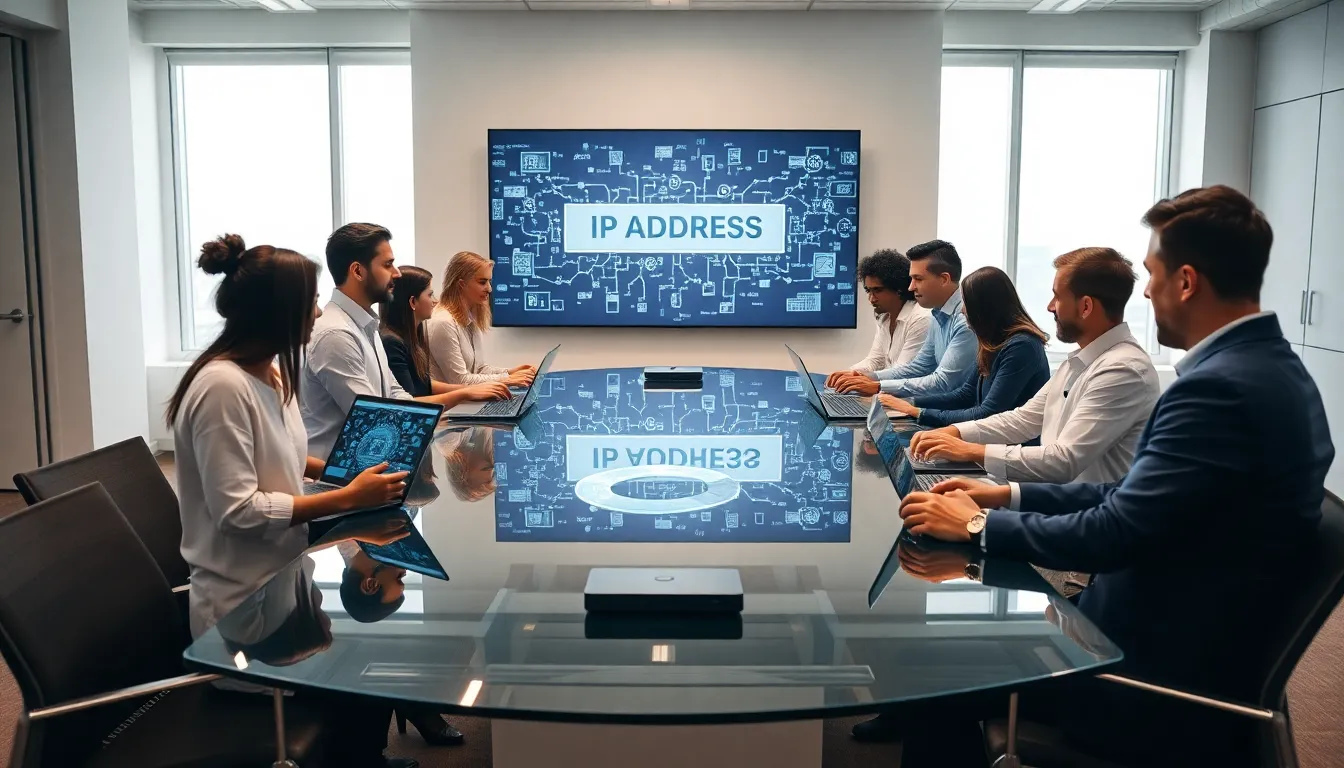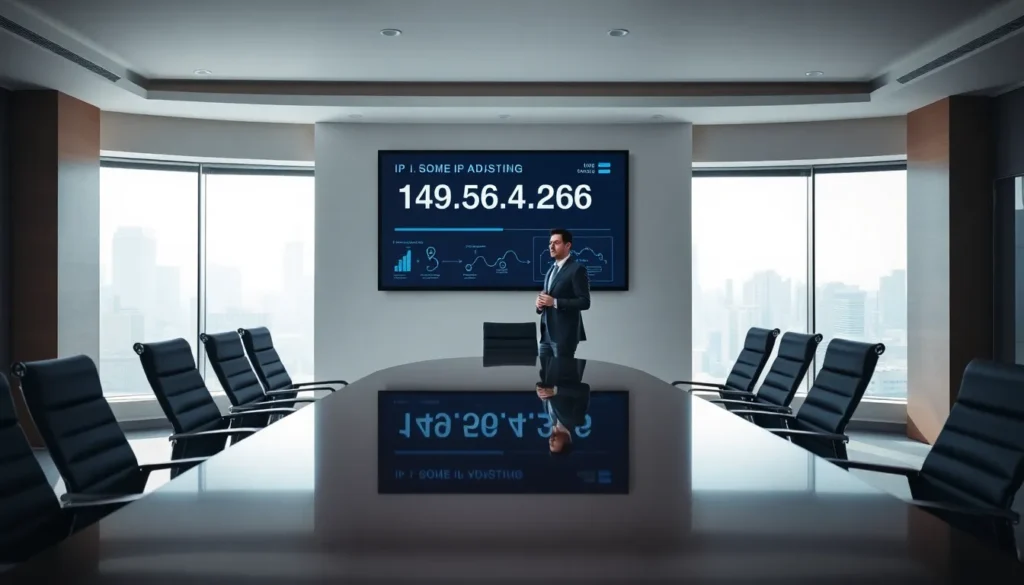Ever wondered how your computer knows where to send all those cat videos you watch? That’s where IP addresses come into play. An IP address is like the mailing address for your device on the internet, helping data reach its destination, often faster than you can say ‘buffering’. In this guide, we will jump into the nitty-gritty of IP addresses, breaking down everything from what they are to how you can trace one, all while keeping it light and informative.
149.56.24.266

Types of IP Addresses
IP addresses can be classified into two main types: public and private. Public IP Addresses are assigned to your network by your Internet Service Provider (ISP). These addresses are visible to the outside world, enabling communication between your device and any server on the internet. Every device you see connecting to the internet has a public IP address. Private IP Addresses, on the other hand, are used within local networks. Devices like your laptop or phone receive an internal IP address from a router while still having a public IP assigned. This allows devices on a local network to communicate without exposing their addresses to the outside world.The Significance of IPv4 and IPv6
IP addresses are primarily categorized as IPv4 or IPv6. IPv4 is the most common version, consisting of four numbers ranging from 0 to 255, separated by periods (e.g., 192.168.1.1). This format allows for about 4.3 billion unique addresses. Sounds like a lot, right? Well, not anymore. With the explosion of internet-connected devices, we started running out of IPv4 addresses. Enter IPv6. Introduced to solve this shortage, IPv6 uses a 128-bit address scheme, meaning it can support an astronomical number of unique addresses, about 340 undecillion. That’s a 3 followed by 38 zeros. So, while IPv4 addresses are still in use today, IPv6 is paving the way for endless connectivity.Breakdown of IP Address Structure
Understanding the structure of an IP address can help demystify how they function. A typical IPv4 address, like 149.56.24.266, is divided into four octets, with each octet representing a number from 0 to 255. This structure makes it straightforward for devices to interpret the address. The first part of the address identifies the network, while the second part pinpoints the device on that network. In contrast, an IPv6 address appears as eight groups of four hexadecimal digits, creating a much larger pool of addresses and allowing for more efficient routing.Analyzing 149.56.24.266: A Deeper Look
Now, let’s take a closer look at 149.56.24.266. This IPv4 address belongs to a public pool of addresses, so it can be accessed globally. Often, researching an IP address can unveil details about its origin, such as the country it’s registered in or the ISP providing the service. In this case, 149.56.24.266 is believed to be registered in India, potentially linked to various online services. But, pinpointing an exact location may require additional tools and context, as IP-based geolocation isn’t always precise.Common Uses and Applications
IP addresses serve multiple purposes, making them fundamental to modern digital communication.-
- Geolocation: Businesses often use IP addresses to determine where their customers are located. This insight allows them to personalize content or services based on geographic location.
-
- Network Management: Systems administrators rely on IP addresses to manage devices within their corporate networks, ensuring everything runs smoothly.
-
- Blocklisting: Security systems use IP addresses to identify and block malicious users, contributing to the overall safety of the digital ecosystem.

